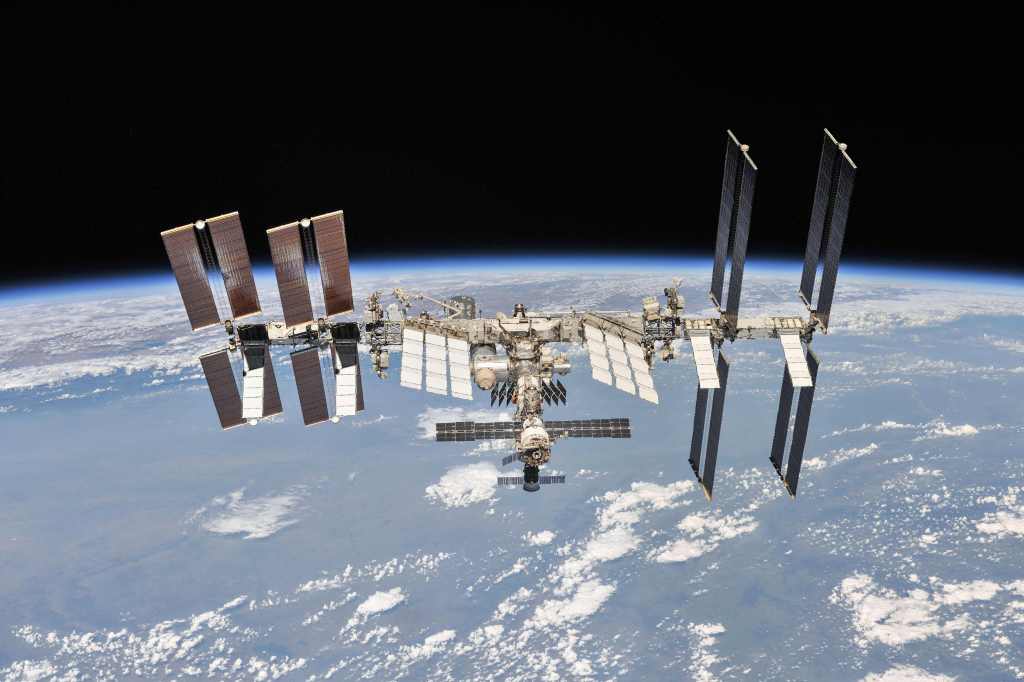Drug-resistant superbug that mutated in orbit thrives inside International Space Station
It’s an-out-of-this-world infestation.
Astronauts aboard the International Space Station are living with a newly discovered supercharged, drug-resistant bug, according to a new scientific study.
Scientists discovered a mutated version of a common superbug that is resistant to antibiotics, according to a study published in the scientific journal “Microbiome.”

The superbug, officially named Enterobacter bugandensis, is wholly distinct from its Earth counterpart.
“The singular nature of the stresses of the space environment, distinct from any on Earth, could be driving these genomic adaptations,” the report read.
Scientists isolated 13 strands of the bug over two years from various different locations in the ISS, leaving it in a closed human environment to adapt on its own.
Microorganisms introduced into the ISS must either thrive or die.
E. Burgandensis found a way to adapt, highlighting the need for more “robust preventative measures” to protect the health of astronauts, according to the report.
Isolated in the ISS, scientists were able to observe the prevalence and spread of the bacterium over time. The ISS offered a particularly unique habitat for the microorganism to try to live in, including microgravity, elevated carbon dioxide levels, and radiation.

On earth, Enterobacter microorganisms are typically the cause of infections like osteomyelitis and urinary tract infections, according to the National Library of Medicine.
Scientists chalked up the changes that they would observe in the strands to the impact of existing in space in their hypothesis.
The ISS has previously been used to house a slew of bacteria and even fungi in order for scientists to understand the impact that residing and traveling through outer space can have on microorganisms.







